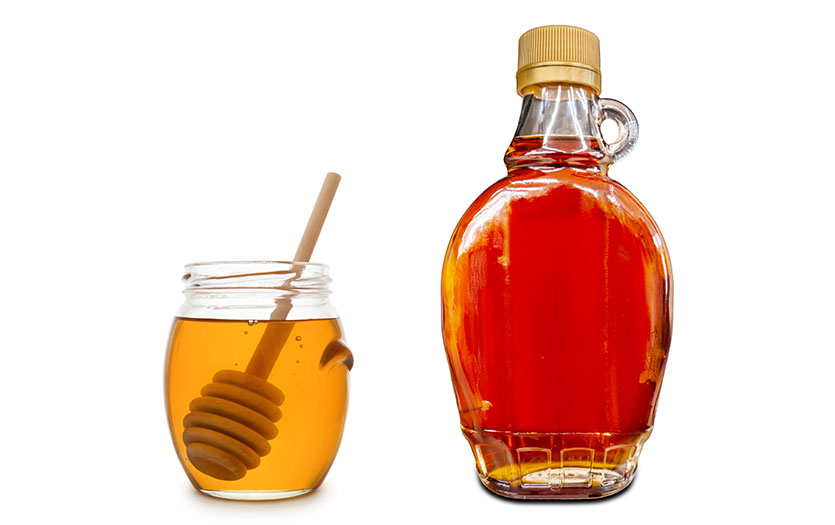
During the month of March, the focus is on education and information regarding the importance of eating healthy and making informed food decisions. For her monthly post, Leigh Ann Brooks, RN, BSN, RD, CD, CDE, nursing services operational lead, Diabetes Education Center, explains why, while nutrition education is the cornerstone of health, it’s important to obtain that information from a credible and reliable source.
The Academy of Nutrition and Dietetics as well as the American Diabetes Association® provide evidence-based nutrition education for everyone, and specifically those with diabetes. Learning to eat healthy and managing diabetes through meal planning means developing a sustainable meal plan. Fad diets are not typically sustainable over long periods of time. These types of diets are easy to recognize, because they promote a way of eating or a product or food that seems like an easy fix for weight loss or blood sugar control.
According to the American Academy of Nutrition and Dietetics, the truth is that anything that promotes rapid weight loss, eliminates certain foods, food groups or food combinations, has rigid menus or lacks any emphasis on activity, is most likely a fad diet that is not sustainable.
Fad diets have a long history and haven’t changed all that much over the years. Fads like drinking vinegar, limiting carbohydrates and raw food diets date back to the early-to-mid 19th century. The early 20th century brought about diets such as the “cigarette diet”, which promoted smoking for weight loss and a high protein and fat diet that promoted eating caribou, fish and blubber, like the Eskimos ate. As fad diets evolved in the late 20th century, we saw the grapefruit diet, the cabbage soup diet, the Beverly Hills diet and the sleeping beauty diet, which actually promoted sleeping pills so you would sleep instead of eat!
Now that we are in the early 21st century, we have seen some of these diets recycled, refreshed and repeated. For example, the low carbohydrate, high protein and fat diets have returned in the form of the Atkins Diet™ or the ketogenic diet. The raw food diets have also made a resurgence, with the coconut diet, banana diet, maple syrup diet, juicing, detoxifying and drinking apple cider vinegar.
The bottom line is, weight loss is not an easy fix. It’s typically a long and tiring process of reducing portion sizes and increasing our activity. A well-balanced, nutrient-dense meal plan is not only beneficial for those with diabetes, but also for those without diabetes. Measuring and assessing the true amount of foods we are eating can help get us back on track with the appropriate portion sizes for foods. Choosing whole grain and nutrient-dense carbohydrate sources, eating lean proteins and vegetable source fats and making half our plate low carbohydrate vegetables are great ways to develop healthy and sustainable eating habits.
Resources:
https://www.eatright.org/food/resources/national-nutrition-month/fad-diet-timeline
https://www.eatright.org/health/weight-loss/fad-diets/staying-away-from-fad-diets



